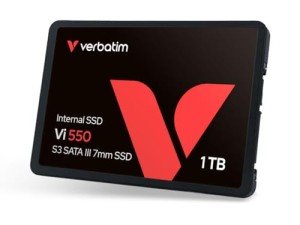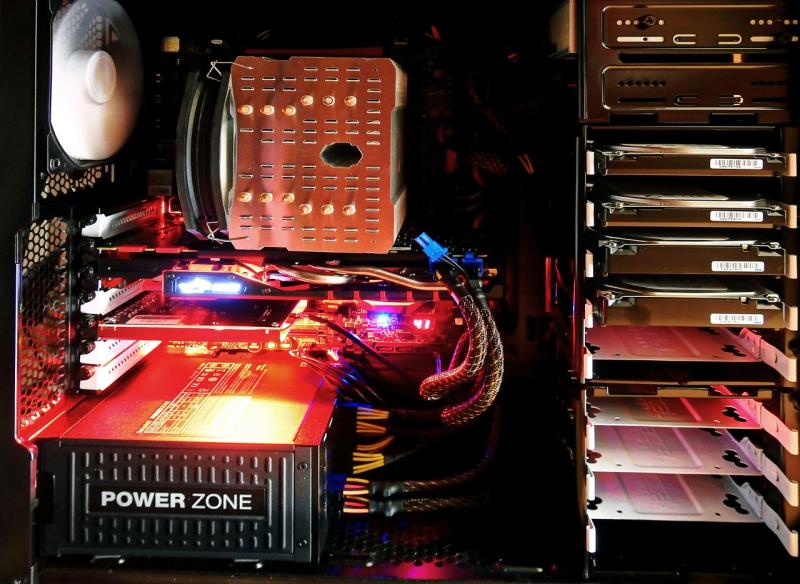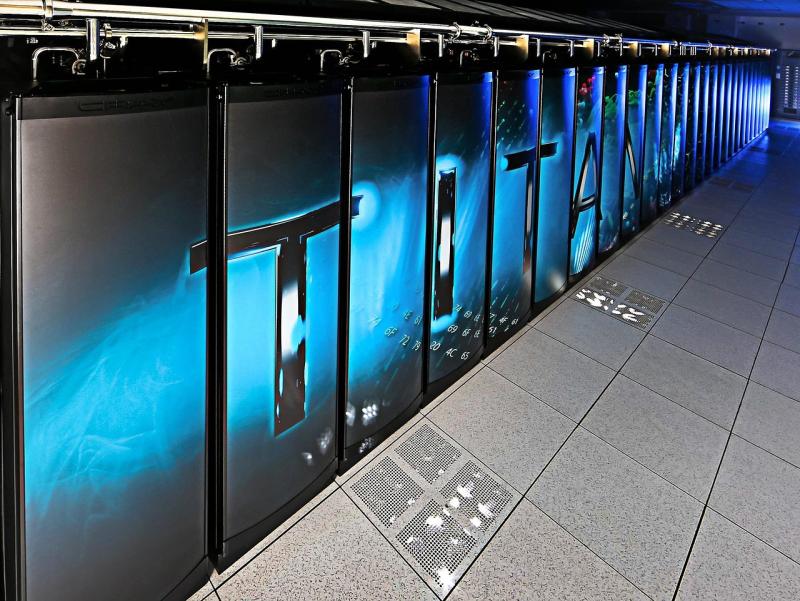**SSDs: Redefining Storage for the Digital Age**
Solid State Drives (SSDs) have emerged as a revolutionary force in the world of digital storage, offering faster speeds, enhanced durability, and greater efficiency compared to traditional Hard Disk Drives (HDDs). As a cornerstone of modern computing, SSDs have transformed how data is stored and accessed, driving advancements across consumer electronics, enterprise systems, and high-performance computing. This essay explores the structure, benefits, and applications of SSDs, and highlights their profound impact on the digital landscape.
---
### **Understanding SSD Technology**
Unlike HDDs, which rely on spinning platters and mechanical read/write heads, SSDs use flash memory to store data electronically. This difference in design makes SSDs significantly faster and more reliable. Key components of SSDs include:
1. **NAND Flash Memory**: The primary storage medium in SSDs, consisting of memory cells that retain data even when powered off.
2. **Controller**: A chip that manages data storage, retrieval, and error correction, ensuring optimal performance.
3. **Interface**: SSDs use interfaces like SATA (Serial ATA) or NVMe (Non-Volatile Memory Express) to connect to a system’s motherboard, with NVMe offering superior speeds due to its direct communication with the CPU.
By eliminating the moving parts found in HDDs, SSDs reduce the risk of mechanical failure and enable rapid access to stored data.
---
### **Benefits of SSDs**
The widespread adoption of SSDs can be attributed to their numerous advantages:
1. **Speed and Performance**
SSDs deliver unparalleled read and write speeds, significantly reducing boot times, application load times, and file transfer durations. This speed is especially beneficial for gamers, professionals, and data-intensive tasks like video editing or 3D rendering.
2. **Durability and Reliability**
Without mechanical components, SSDs are more resistant to physical shocks, vibrations, and wear and tear, making them ideal for portable devices like laptops and external drives.
3. **Energy Efficiency**
SSDs consume less power than HDDs, leading to longer battery life in laptops and reduced energy costs in data centers.
4. **Compact Form Factor**
SSDs are available in various compact sizes, such as the M.2 and U.2 form factors, enabling sleek designs for ultrabooks, tablets, and embedded systems.
5. **Silent Operation**
With no moving parts, SSDs operate silently, enhancing user experience in environments where noise reduction is a priority.
---
### **Applications of SSDs**
SSDs have found applications across a wide array of fields, revolutionizing how data is accessed and managed:
1. **Consumer Electronics**
From laptops and desktops to gaming consoles and smartphones, SSDs are the preferred storage solution for their speed and reliability.
2. **Enterprise and Data Centers**
In business environments, SSDs enhance server performance, support real-time analytics, and reduce latency for cloud-based applications.
3. **Creative Workflows**
Professionals in video editing, photography, and animation rely on SSDs for handling high-resolution files and rendering projects efficiently.
4. **High-Performance Computing (HPC)**
SSDs enable researchers and scientists to process and analyze massive datasets, accelerating breakthroughs in fields like genomics, artificial intelligence, and climate modeling.
---
### **Challenges and Limitations**
While SSDs offer numerous advantages, they are not without challenges:
- **Cost**: SSDs are more expensive per gigabyte compared to HDDs, although prices have been steadily decreasing.
- **Write Endurance**: NAND flash memory has a limited number of write cycles, which can lead to wear over time, though advancements like wear-leveling algorithms mitigate this issue.
- **Storage Capacity**: While SSD capacities are growing, HDDs still offer larger storage options at a lower cost, making them more suitable for archival purposes.
---
### **The Future of SSDs**
As technology advances, SSDs are becoming faster, more affordable, and capable of higher storage capacities. Innovations like 3D NAND technology, which stacks memory cells vertically, and the adoption of PCIe 5.0 interfaces are pushing the boundaries of SSD performance. Additionally, the increasing integration of AI and machine learning in storage management promises to optimize SSD performance and longevity.
---
### **Conclusion**
Solid State Drives have redefined the standards of storage technology, offering transformative benefits that cater to the needs of modern users and industries. Their speed, durability, and efficiency have elevated user experiences, accelerated professional workflows, and revolutionized data management. As SSD technology continues to evolve, it will undoubtedly play a pivotal role in shaping the future of computing, unlocking new possibilities and driving innovation in the digital era.
View our related products
See more

AnkePower High-Performance Camcorder 0006
Product Review Score
4.25 out of 5 stars
74 reviews$99.13


SSDs: Redefining Storage for the Digital Age
Solid State Drives (SSDs) have emerged as a revolutionary force in the world of digital storage, offering faster speeds, enhanced durability, and greater efficiency compared to traditional Hard Disk Drives (HDDs)
Related Articles
Essential High-Performance PC Components You Need Now
Upgrade your setup with the must-have parts for unbeatable gaming and productivity
Top Picks for Best High-Performance PCs
Find the perfect power machine for gaming, work, or creative projects
Your Guide to the Best High-Performance PCs
Find the Right PC for Your Gaming and Creative Needs
View our related products
See more

AnkePower High-Performance Camcorder 0006
Product Review Score
4.25 out of 5 stars
74 reviews$99.13




